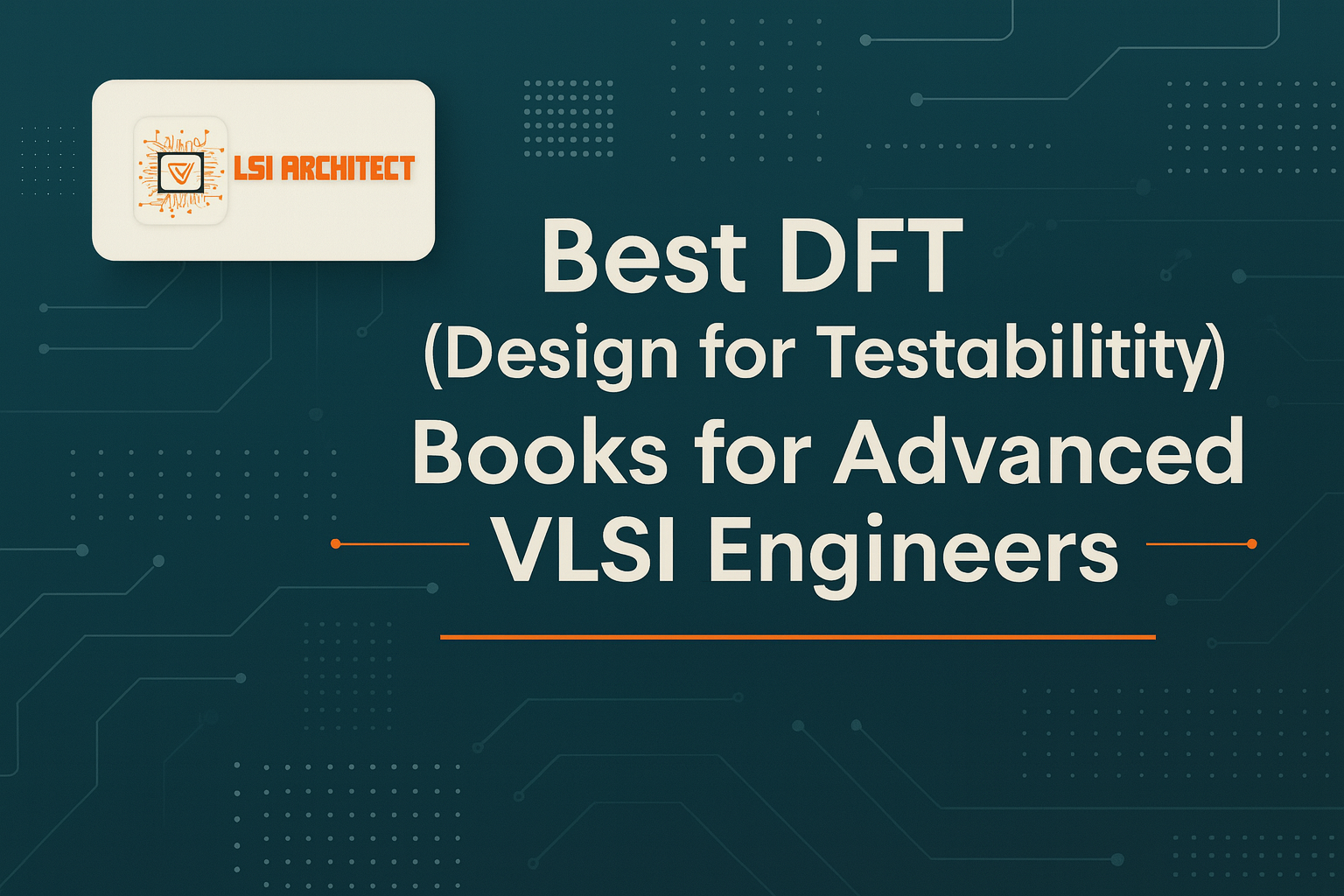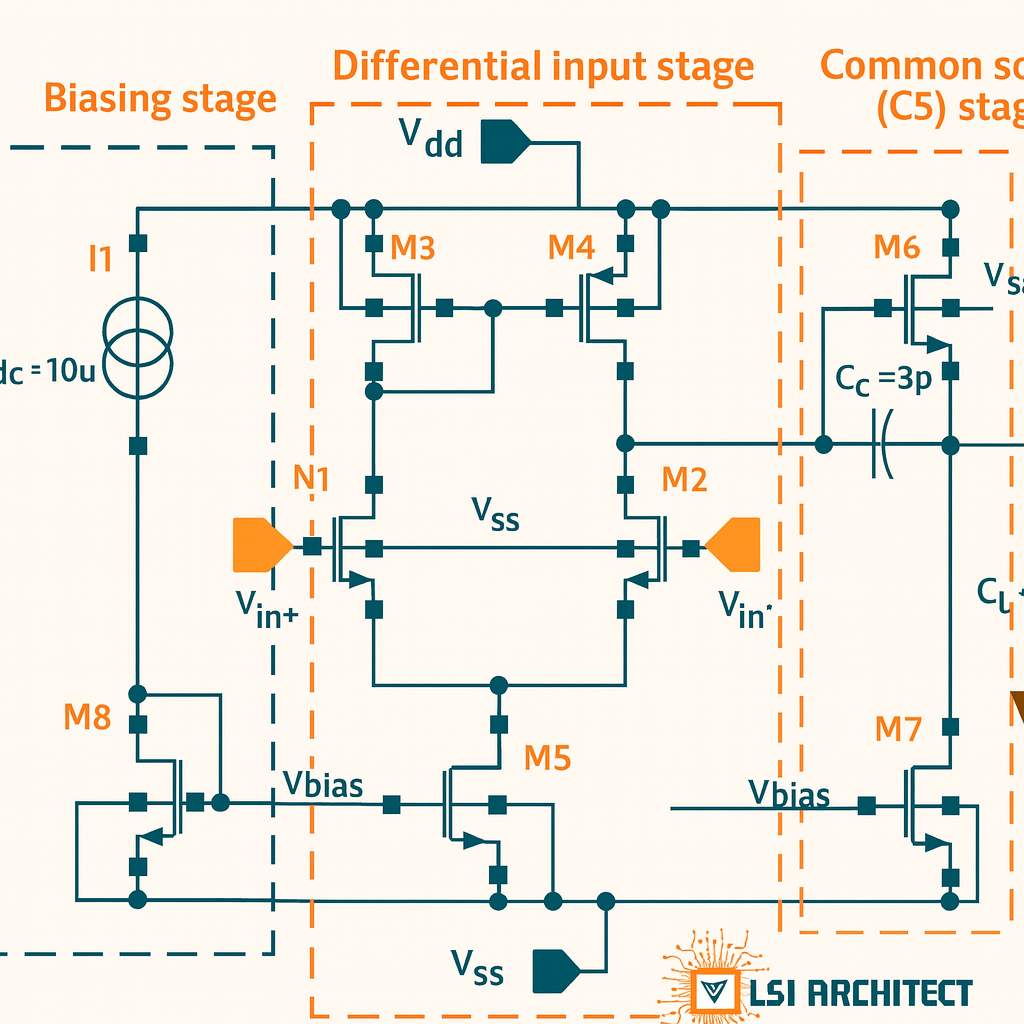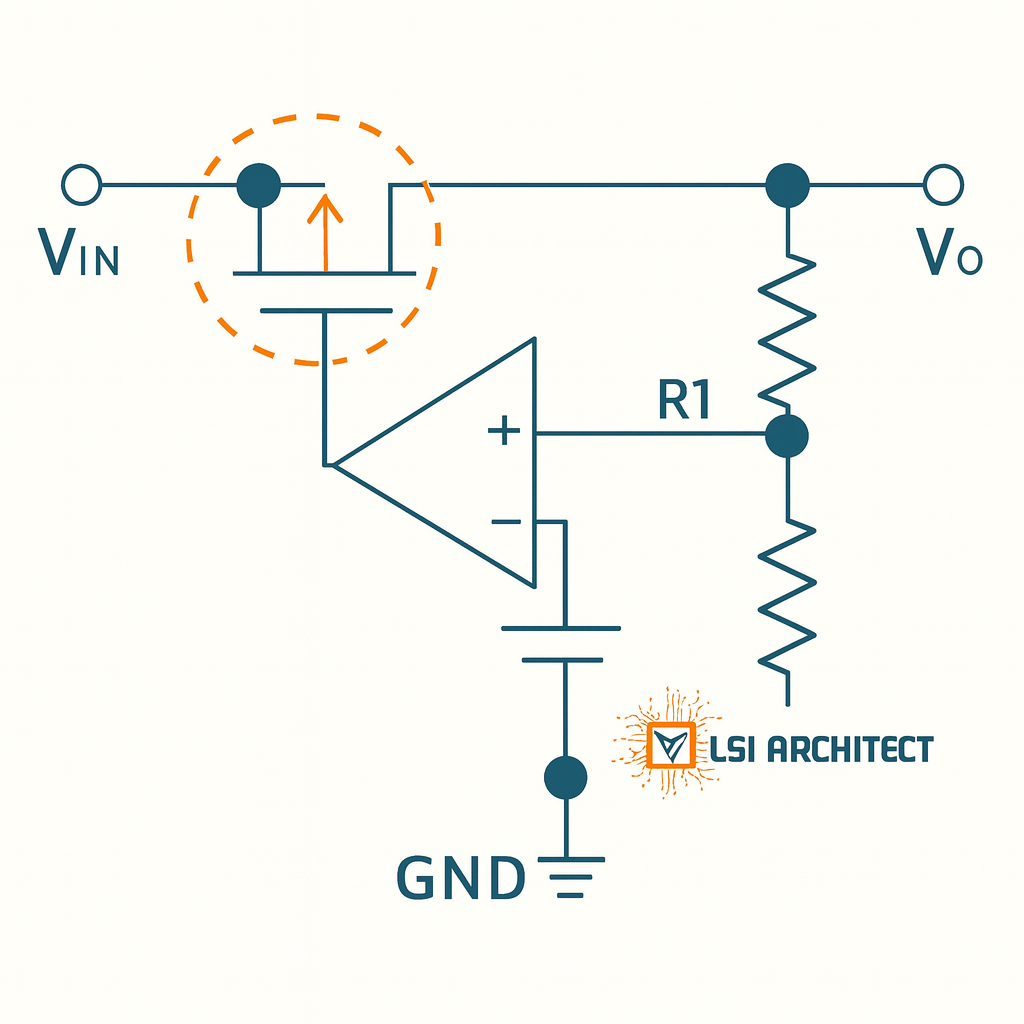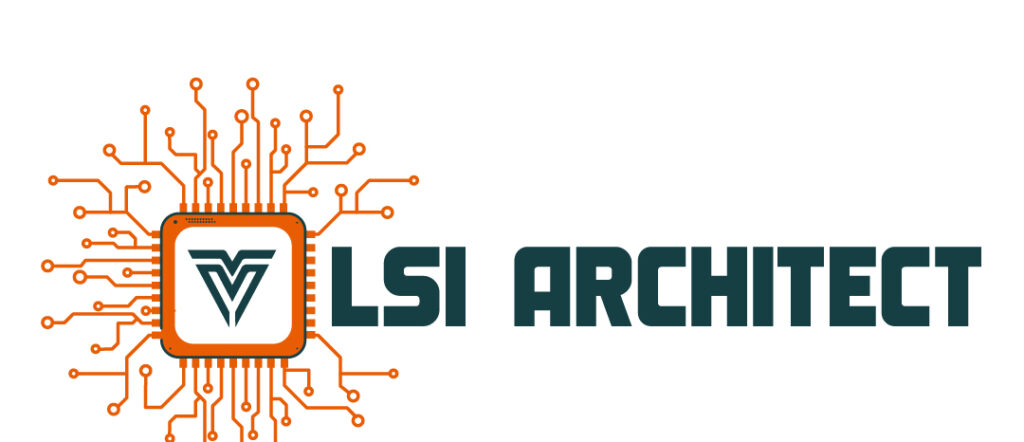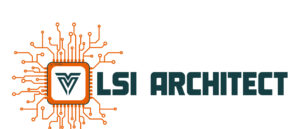Best Books for Mastering VLSI Design Verification
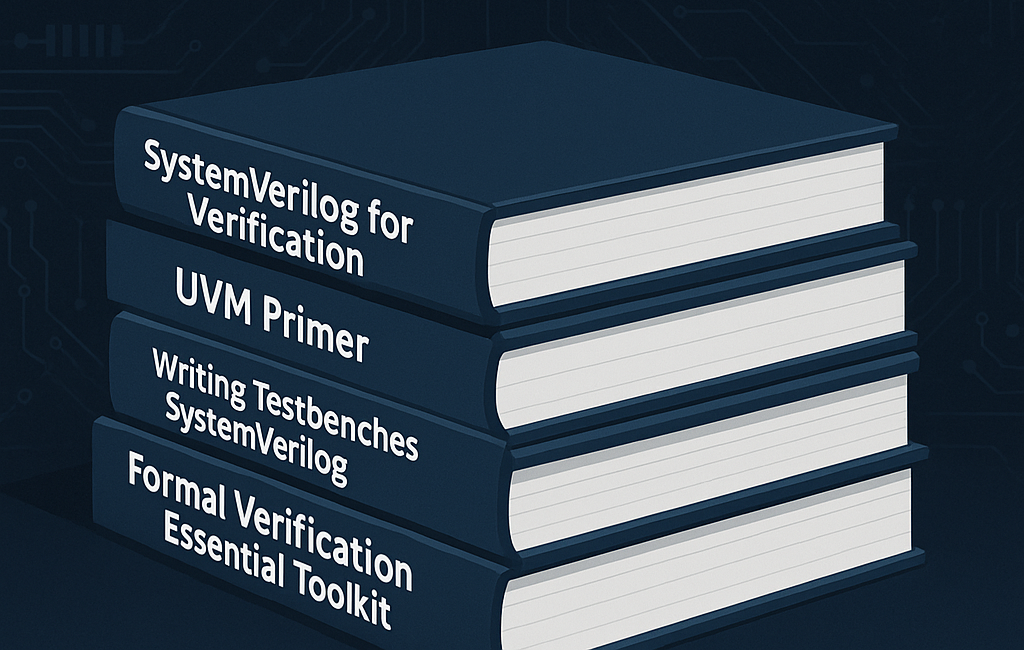
VLSI • Verification • Reading List
Even seasoned verification engineers benefit from authoritative, field-tested books. This curated list highlights
community-favorite titles—with SystemVerilog, UVM, and formal/ABV—balancing academic rigor and
practical, tapeout-driven methodology.
SystemVerilog and Constrained-Random Verification
SystemVerilog for Verification (3rd ed.) — Chris Spear & Greg Tumbush
Coverage: classes • randomization • assertions • functional coverage • UVM intros
Why it stands out: A comprehensive, example-rich path from basics to advanced testbench design;
doubles as a desk reference for day-to-day SV verification.
- Strength: One-stop textbook with exercises and proven best practices.
Writing Testbenches Using SystemVerilog — Janick Bergeron
Coverage: architecture • stimulus • checking • coverage • results analysis
Why it stands out: Methodology-first blueprint aimed at first-time success; language-agnostic insights implemented with SV.
- Strength: Clear, scalable verification planning and architecture guidance.
UVM (Universal Verification Methodology) Guides
The UVM Primer: A Step-by-Step Introduction to UVM — Ray Salemi
Coverage: OOP in SV • drivers/monitors/agents • env/top assembly
Why it stands out: Accessible and example-driven; gets engineers productive with UVM quickly.
- Strength: Beginner-friendly yet complete path to hands-on UVM.
Advanced UVM (2nd ed.) — Brian Hunter
Coverage: patterns • coding guidelines • chained sequencers • scaling strategies
Why it stands out: Distills expert patterns beyond the user guide for robust, high-throughput environments.
- Strength: Practical “recipes” that improve reuse, performance, and maintainability.
Formal and Assertion-Based Verification
Formal Verification: An Essential Toolkit for Modern VLSI Design — Erik Seligman, Tom Schubert, M.V. Achutha K. Kumar
Coverage: property checking • assertion writing • formal coverage • equivalence
Why it stands out: Pragmatic, staged methodology to adopt formal alongside simulation.
- Strength: Stepwise integration of formal into existing flows with real examples.
SystemVerilog Assertions & Functional Coverage (3rd ed.) — Ashok B. Mehta
Coverage: SVA language • assertion strategy • functional coverage • labs
Why it stands out: Comprehensive SVA + coverage guide for both dynamic and formal flows.
- Strength: Practical scenarios for complex checkers and coverage models.
Finding Your Way Through Formal Verification — Bernard Murphy, Manish Pandey, et al.
Coverage: when/where to apply formal • technique overview • planning
Why it stands out: Concise primer by Synopsys experts; lowers the barrier to getting value from formal.
- Strength: Manager- and engineer-friendly introduction without heavy math.
Verification Methodology & Planning Fundamentals
Principles of Functional Verification — Andreas Meyer
Coverage: goals • planning • metrics • directed vs. CRV • co-simulation • case studies
Why it stands out: Timeless, language-agnostic strategy to align architectural intent with implementation.
- Strength: Big-picture guidance on plans, coverage, resources, and project risk.
Conclusion
These titles are the gold standard for modern verification—spanning SystemVerilog, UVM, and formal/ABV.
Whether you’re scaling a regression farm or writing your first assertion library, investing in these books
pays back in fewer escapes, cleaner sign-off, and faster tapeouts.
FAQs
